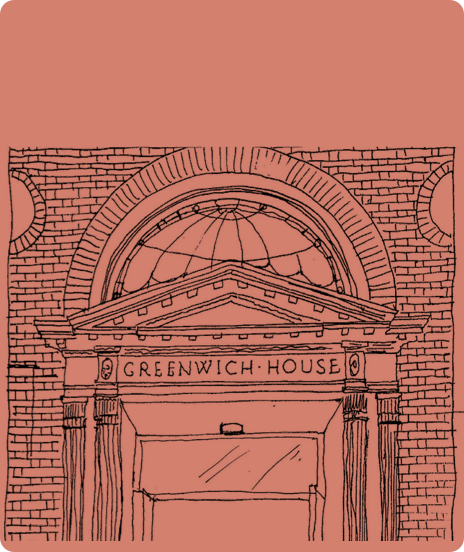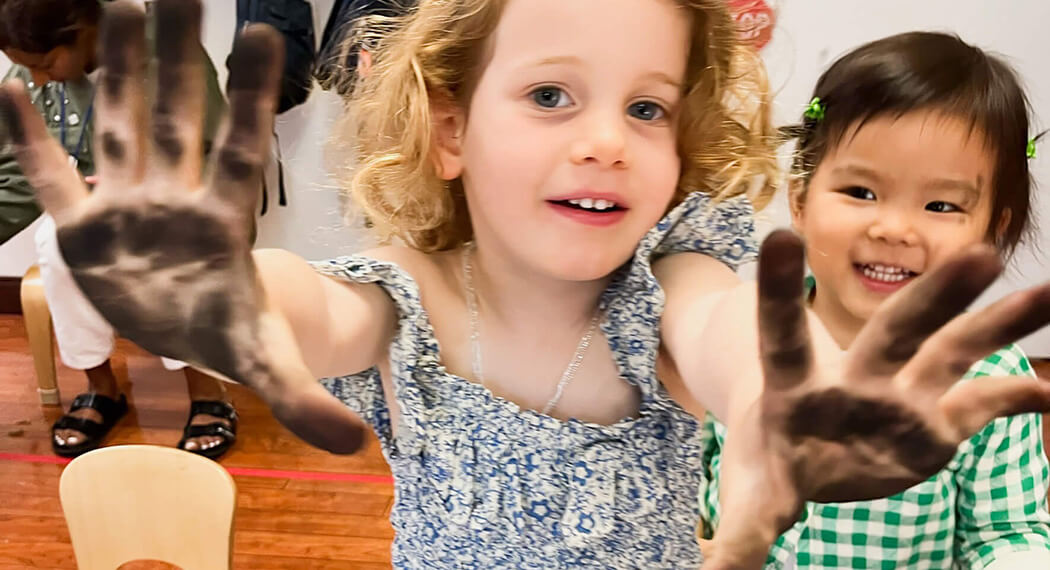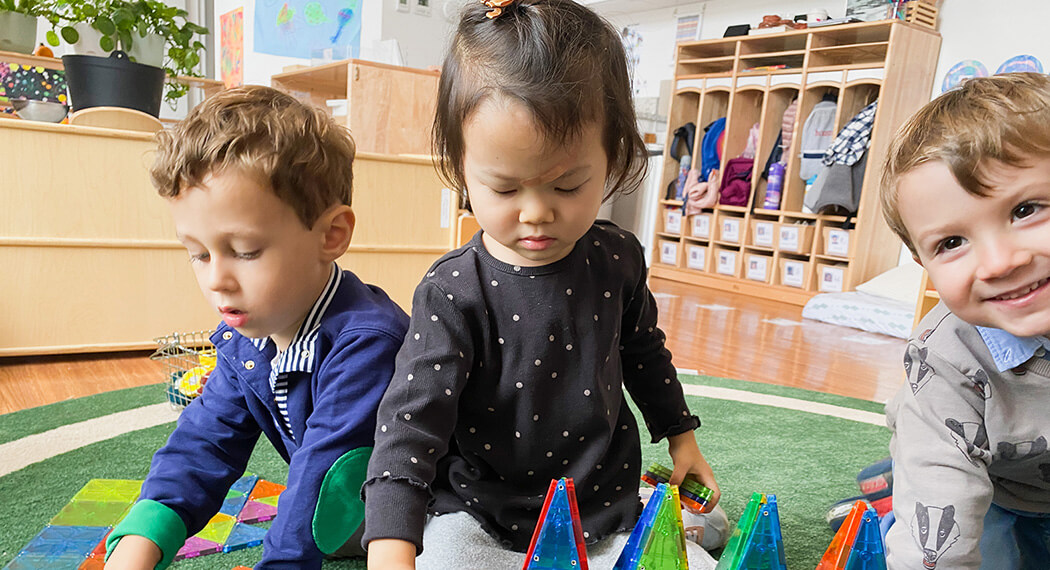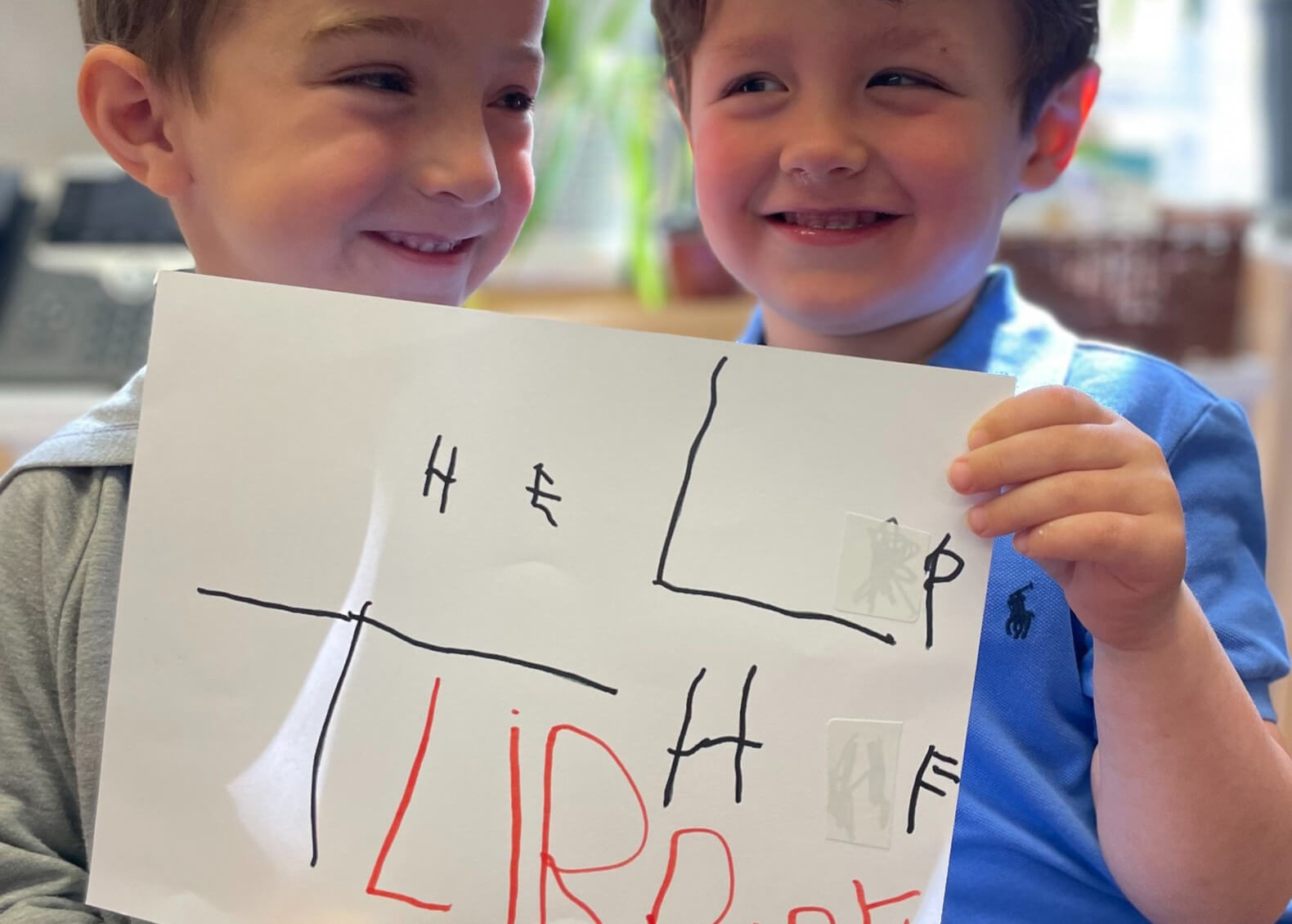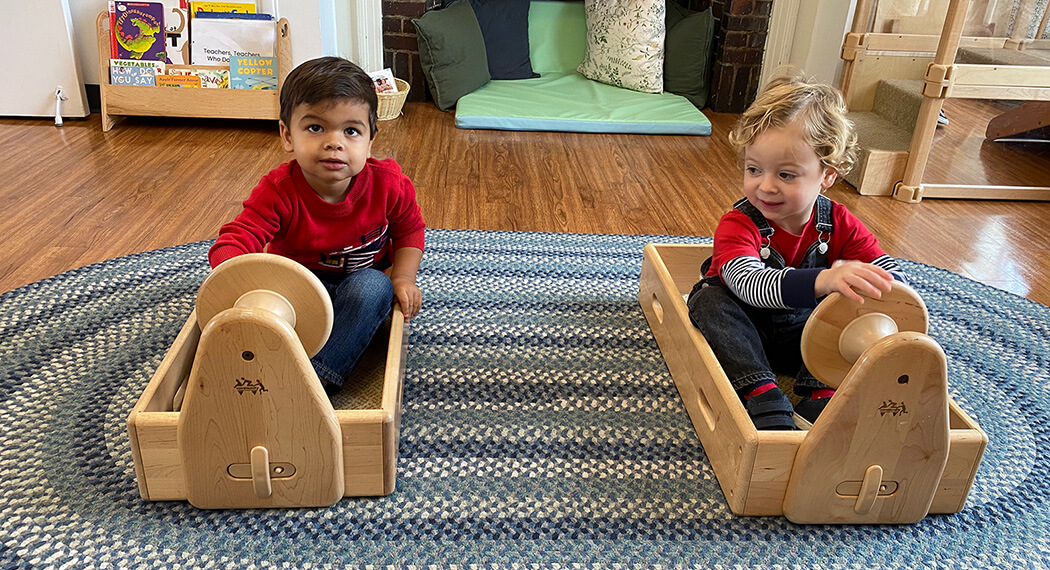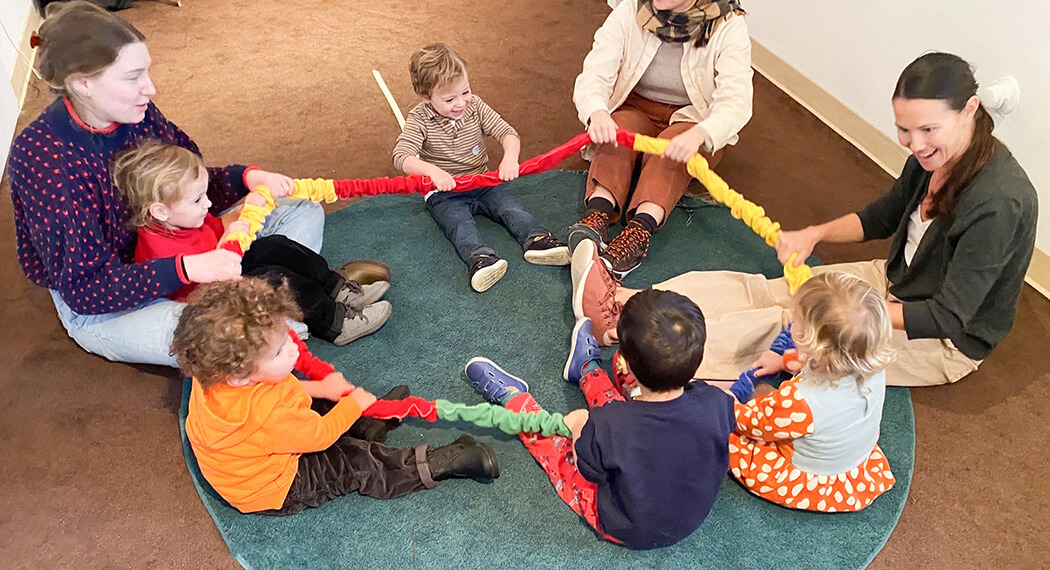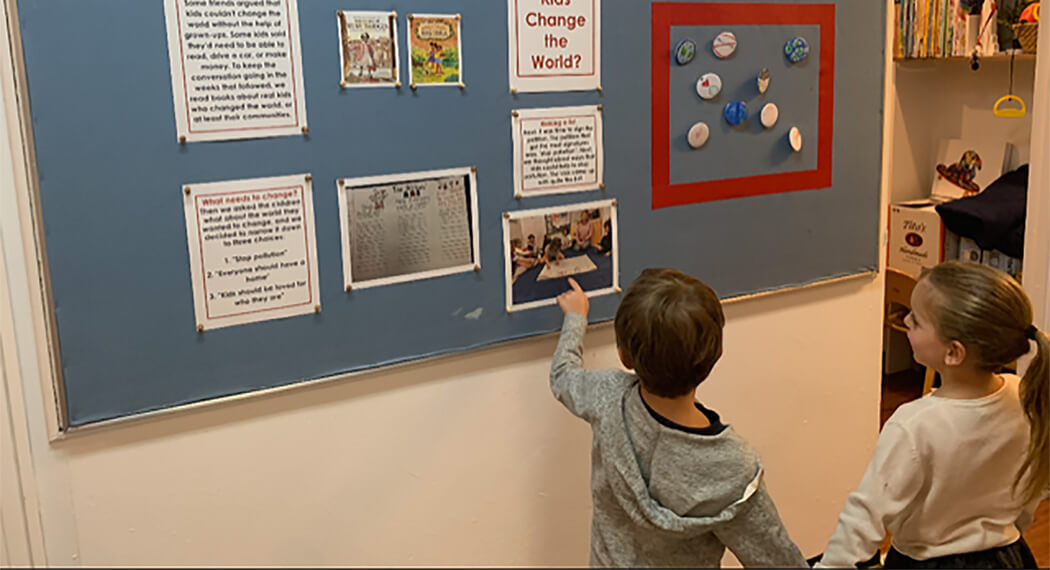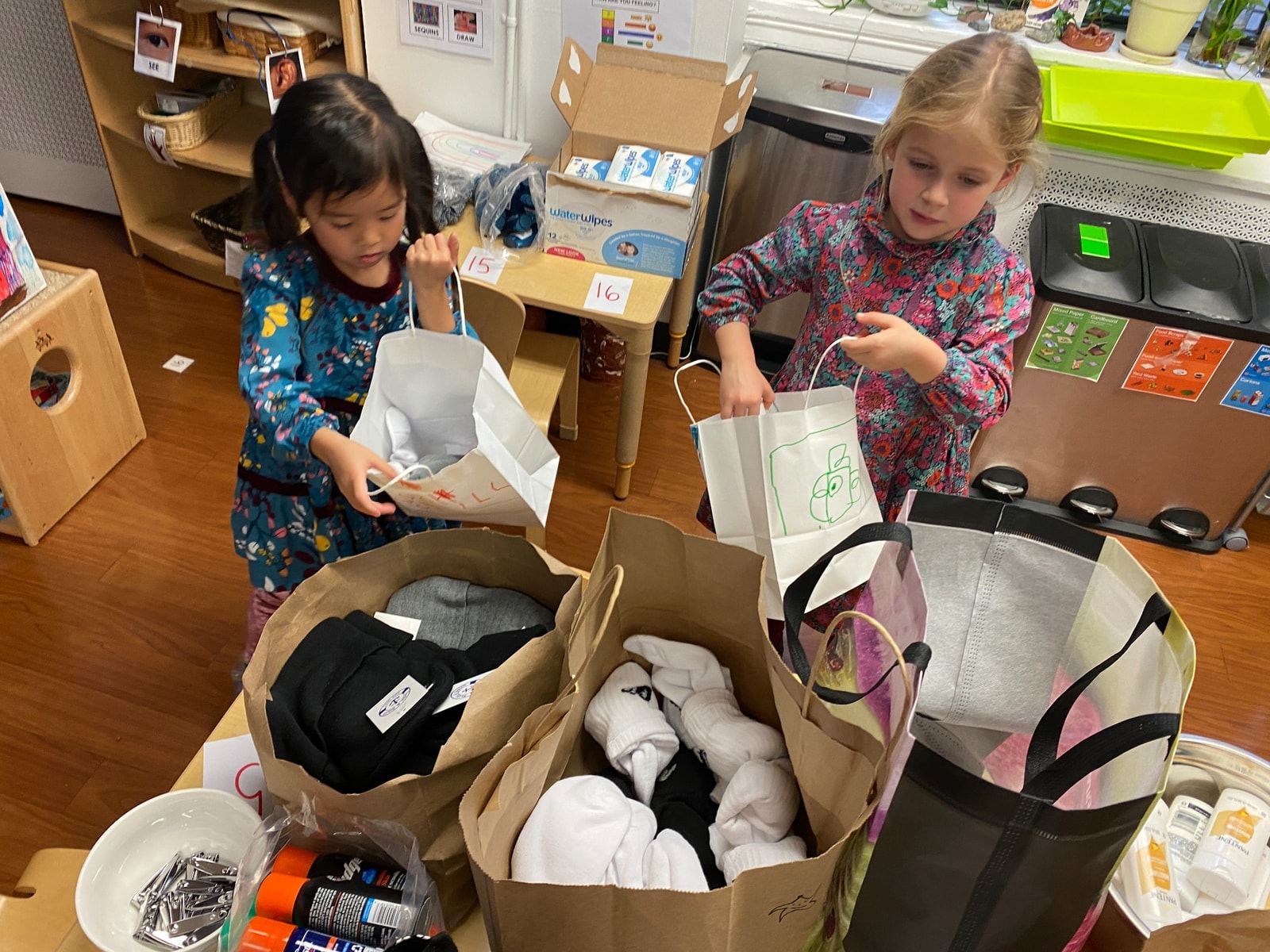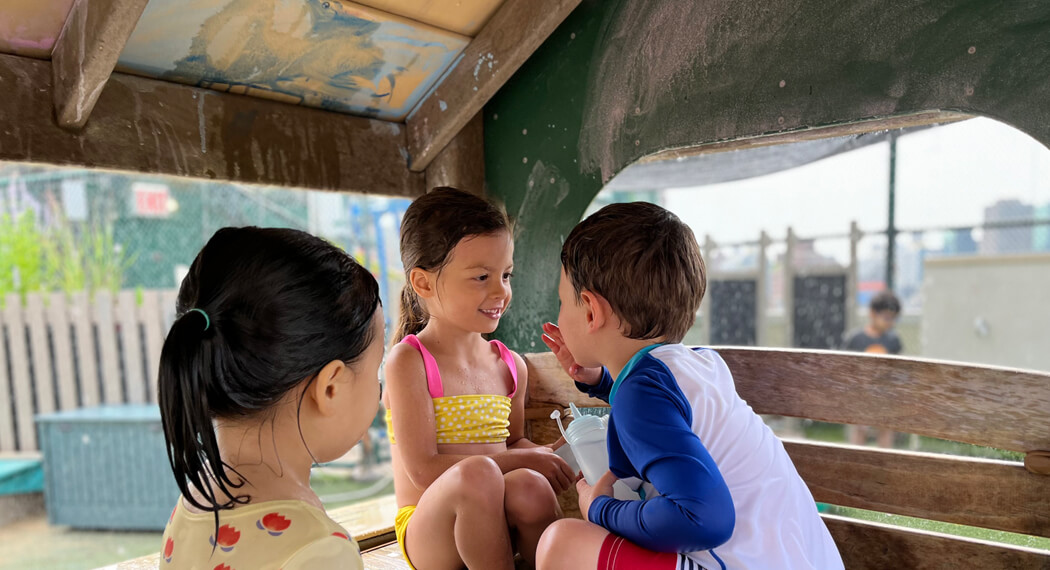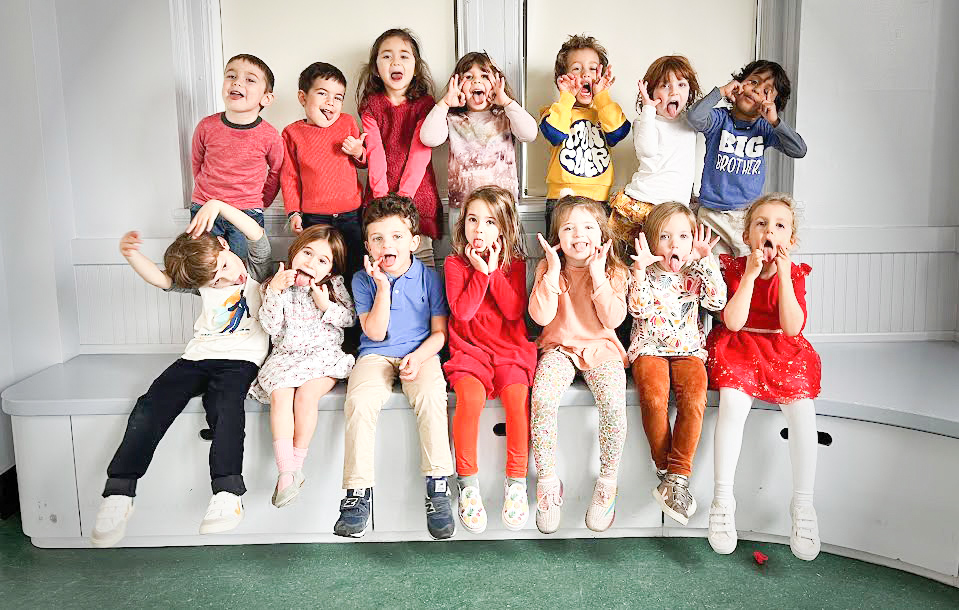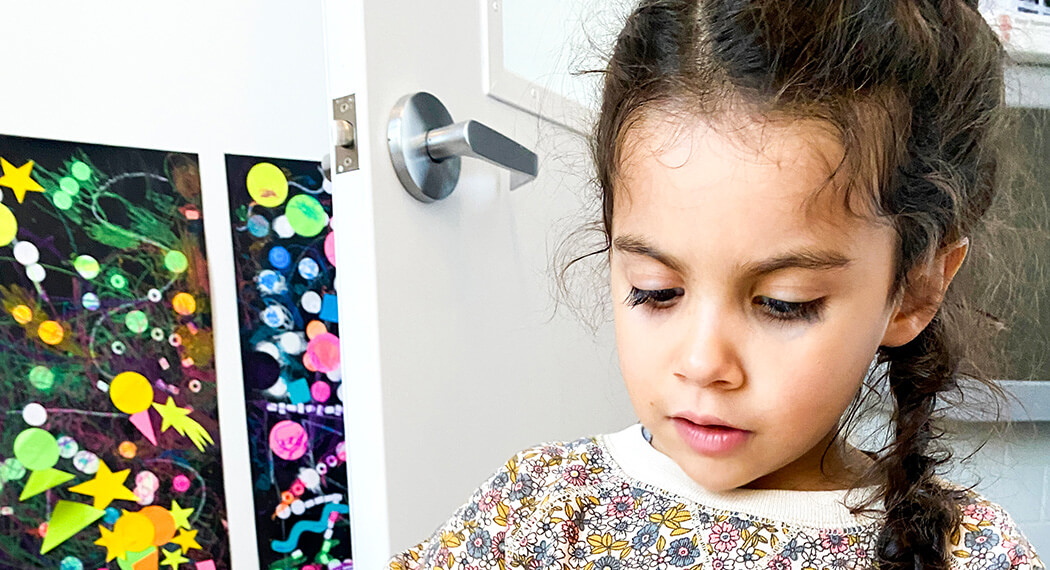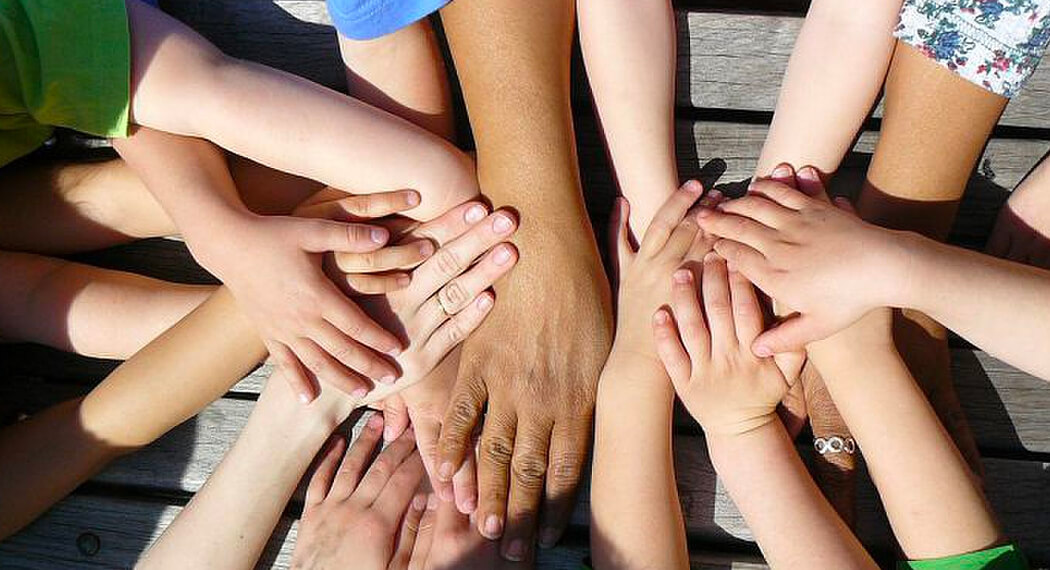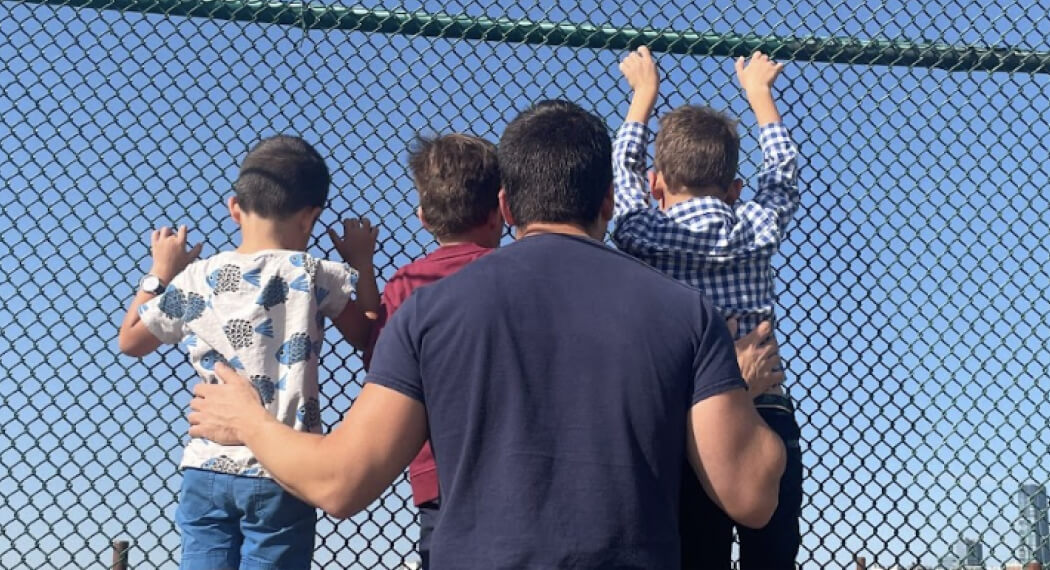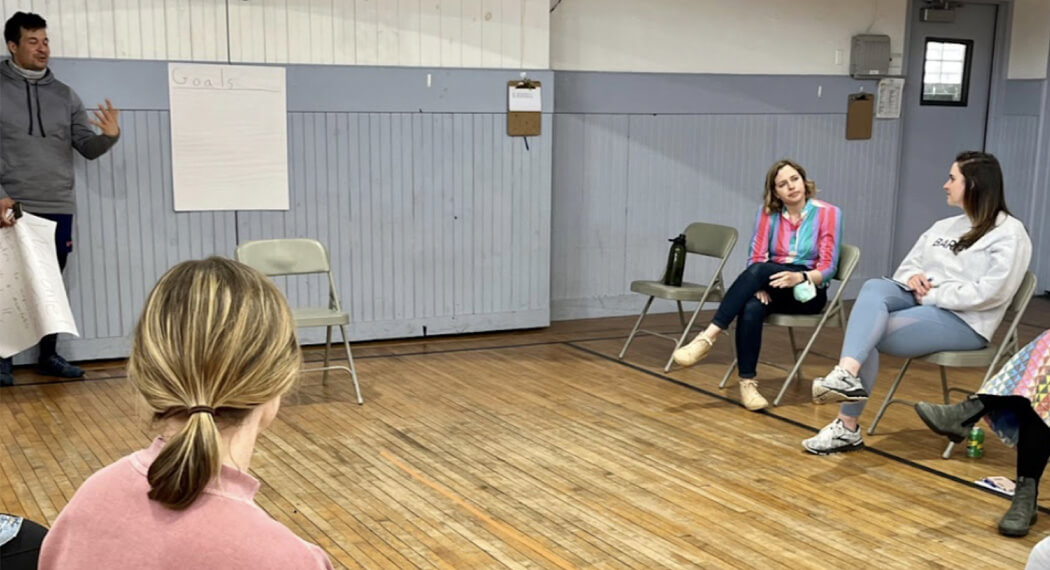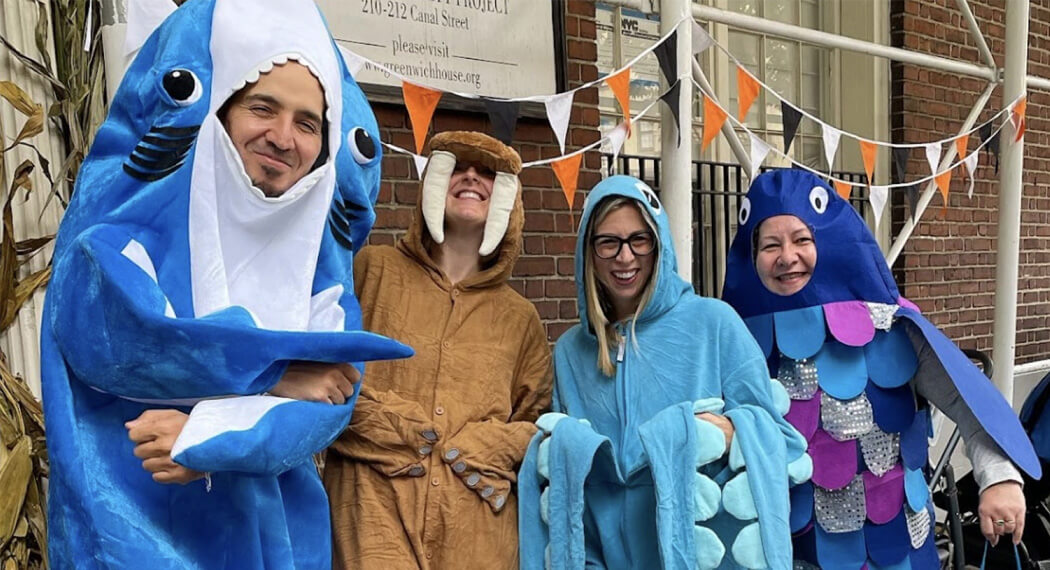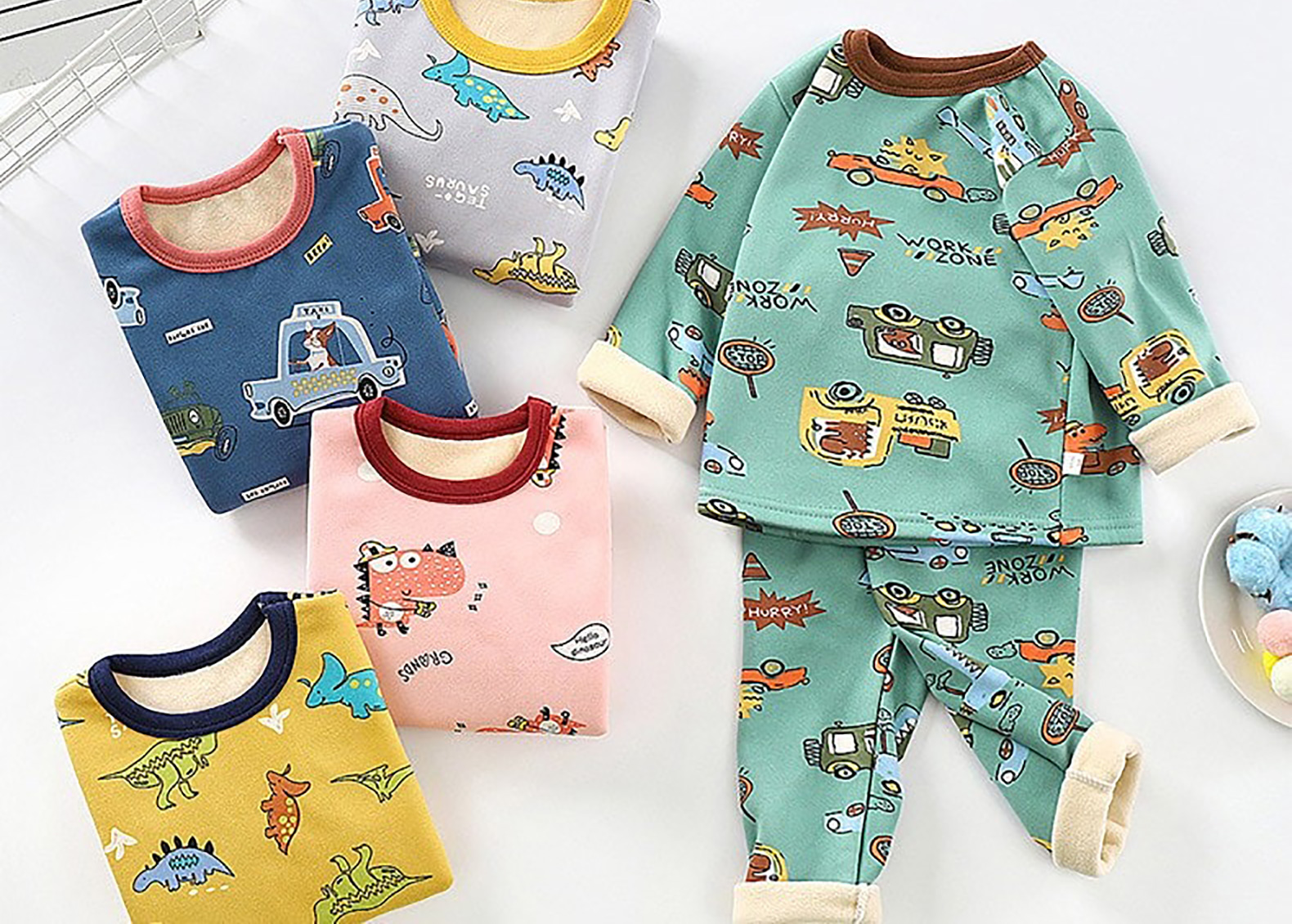‘Tis the season for gratitude and giving! At Barrow, the Pajama Drive is a fun and accessible way for the whole family to participate in an act of kindness.
Pajama Drive for the Pajama Program
Monday November 14 – Friday November 18
Boxes will be in the lobby for dropping of brand new pajamas
*Pajama Day with your class, too!*
Are you curious about how to extend this activity to further blossom gratitude and generosity in your children?
The Raising Grateful Children project at UNC Chapel Hill researched gratitude experiences with families as their children grew from kindergarten to young teenagers. This study concluded that gratitude is an experience that has four parts…
What we NOTICE in our lives for which we can be grateful
How we THINK about why we have been given these things
How we FEEL about the things we have been given
What we DO to express appreciation in return
We are often very good at encouraging children with the DO part… “Say thank you!” or “Let’s write a thank you card.” But what about the first three? And how does this all connect with being generous?
Gratitude requires children – and adults – to use a set of complex social emotional skills like perspective taking and naming emotions. These are skills that children are starting to foster between 3 and 5 and can be nurtured through opportunities just like the pajama drive. For example you might try this…
NOTICE-THINK-FEEL-DO MODEL
NOTICE – “I notice how cozy you are at bedtime in your favorite pajamas.”
THINK – “Why do you think you wear pajamas to bed?”
FEEL – “How do they make you feel?”
DO – “There is a way you can help others have and feel these same things you do (ie. have a cozy bedtime and feel safe under the covers, or whatever your child shared they think and feel about their pjs). We can bring a pair of pajamas to school that will be sent to a child who needs pajamas so they can feel ___ at bedtime, too.”
WANTS AND NEEDS
What if my child asks why someone needs pajamas, you ask? Great question!
The distinction between a want and a need can be hard to understand, and we as adults know that it can be complex and nuanced. For speaking to your child, it can be helpful to have an explicit conversation during this giving season. Try making a list of needs and a list of wants together. For this purpose, the “needs” can be simplified for your child, for example: food, water, clothing, shelter, safety, and love. Making a list of wants is very fun! For example, my list includes: far away trips, seafood platters, and technology toys! Where do you and your child think pajamas go on this list? Why?
You might use this list to share something like: “We all have needs and wants. Our family has lots of things that we need as well as things that we want but there are some families that have to spend all their money on things they need, and do not have as much of the things they might want. One way we can help is by finding something we think they might want or need and donating it, like pajamas for the Pajama Drive. Would you like to help pick out a pair of pajamas that you think would make someone feel (safe, loved, cozy) at bedtime?”
Some books you might read related to giving…
2s and up:
It’s Mine by Leo Lionni
The Spiffiest Giant in Town by Julia Donaldson and Axel Scheffle
3s/4s and up:
The Berenstain Bears Think of Those in Need by Stan Berenstain and Jan Berenstain
Ordinary Mary’s Extraordinary Deed by Emily Pearson
4s/5s and up:
Those Shoes by Maribeth Boelts
A Chair for My Mother by Vera B. Williams

